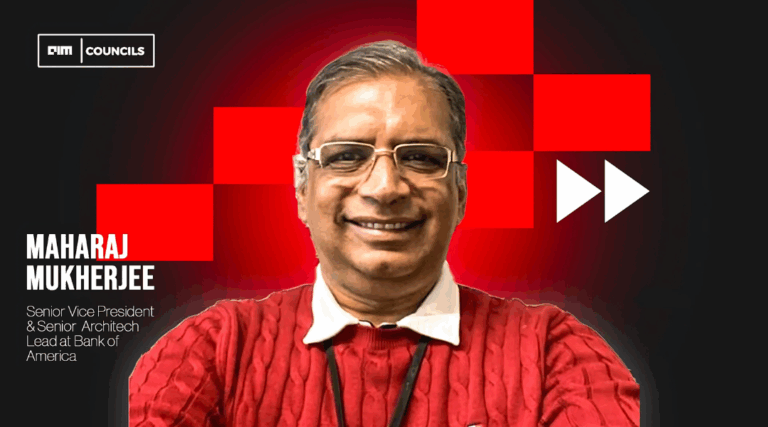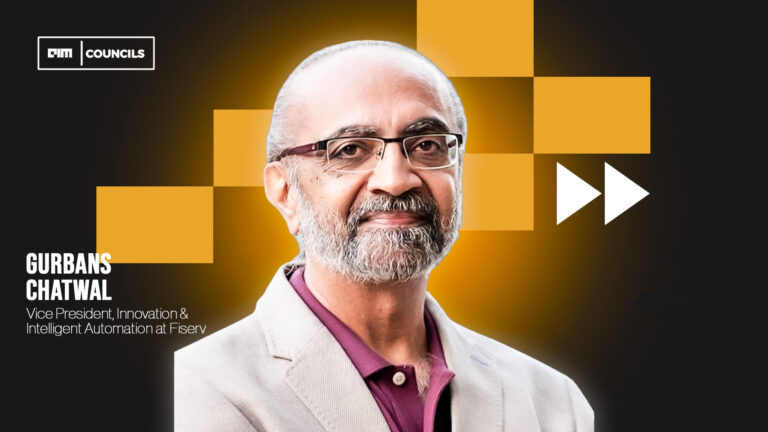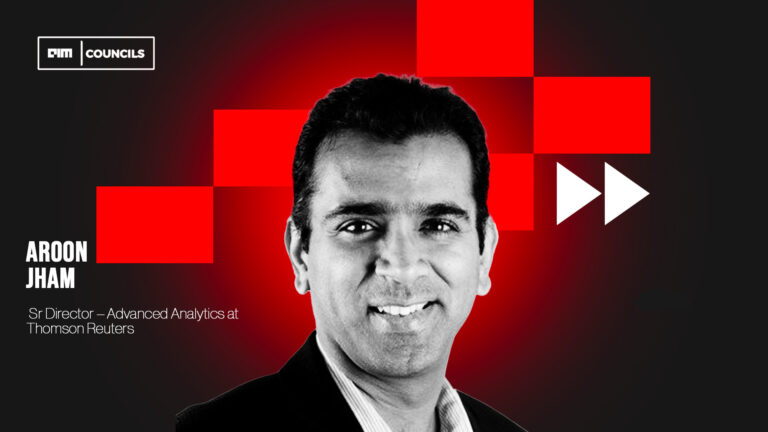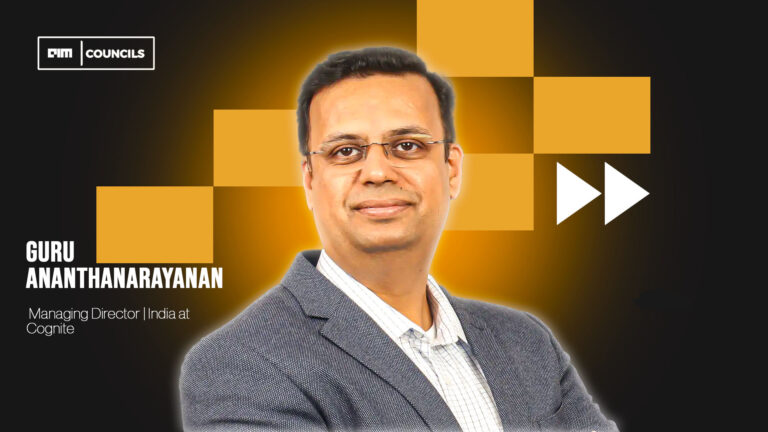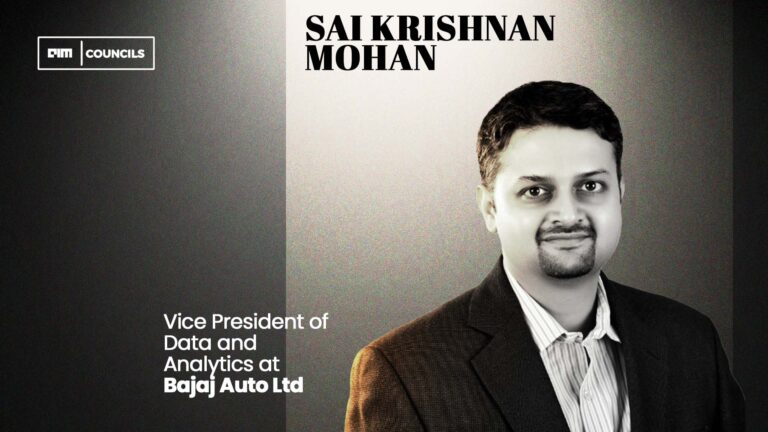The potential of emerging technologies is undeniable, yet their successful deployment requires more than just adopting the latest trends. True value is derived when organizations take a structured, strategic approach, one that goes beyond the initial excitement and hype. Emerging technologies such as AI, machine learning, blockchain, robotics, and IoT have the capacity to revolutionize industries, but their integration must be deliberate and aligned with both business goals and operational needs.
As businesses seek to stay competitive and innovate, the focus should be on how these technologies can be embedded within existing workflows to drive long-term value. This approach requires careful planning, informed decision-making, and a clear roadmap that emphasizes strategic alignment, market understanding, cost-benefit analysis, and risk management. Let’s explore how organizations can successfully deploy these technologies to not just meet current demands, but also future-proof their operations for growth and sustainability.
Strategic Alignment: Ensuring Technology Supports Business Goals
Successful technology adoption starts with a strategic alignment between the business objectives and the capabilities that the new technology offers. This alignment helps ensure that each technological initiative directly addresses critical business challenges and supports long-term goals.
Vision and Mission Alignment
The first step in strategic alignment is ensuring that any technological initiative aligns with the company’s long-term vision and mission. A clear understanding of how the technology will serve the organization’s goals ensures that resources are invested in the right areas, and the technology supports the core objectives rather than just being an isolated project.
For instance, Nike Fit, which leverages computer vision, AI, and machine learning, exemplifies how innovation can align with strategic goals. By using 3D scanning and data analytics to offer personalized shoe recommendations, Nike enhances the customer experience while improving sales and reducing returns. This strategic approach to technology aligns perfectly with Nike’s overarching goal of improving customer satisfaction and increasing revenue.
Tesla’s use of artificial intelligence in autonomous driving and energy optimization further illustrates strategic alignment. The company’s mission to accelerate the world’s transition to sustainable energy is supported by AI technologies, which enhance vehicle autonomy and optimize energy use. These technological deployments not only align with Tesla’s mission but also redefine industry standards, positioning the company as a leader in the field.
Market and Competitive Analysis: Positioning Technology as a Differentiator
Deploying emerging technologies also requires a deep understanding of the market and competitive landscape. This ensures that the technology is not only relevant to the business but also offers a competitive edge.
Market Trends and Customer Needs
Analyzing market trends and customer needs is crucial for identifying areas where technology can create differentiation. John Deere’s use of GPS and advanced sensors in precision agriculture is a prime example. By deeply understanding the needs of farmers—such as the demand for higher efficiency and optimized yields—John Deere leveraged emerging technologies to transform the agricultural sector. This strategy allowed the company to stay ahead of competitors and deliver value that directly addressed market demands.
Amazon’s use of robotics in its fulfillment centers showcases how technology can streamline operations and create a competitive advantage. Through the integration of autonomous robots for picking and sorting, Amazon has revolutionized its warehouse operations, reducing fulfillment times and cutting costs. This move was driven by a thorough understanding of the operational pain points within its supply chain and market needs for faster, more efficient service.
Feasibility and Cost-Benefit Analysis: Ensuring Viability
Before diving into new technologies, it’s crucial to assess their technical and financial feasibility. A comprehensive cost-benefit analysis should evaluate both the immediate and long-term impacts on the business.
Assessing Technical and Operational Feasibility
Evaluating the technical feasibility involves understanding whether the organization has the infrastructure and expertise to support the new technology. For example, manufacturers implementing IoT for predictive maintenance need to ensure their equipment can be retrofitted with sensors and connected to data platforms. Additionally, operational feasibility must be considered to gauge how the new technology will affect existing processes, workflows, and staff roles.
Walmart‘s use of blockchain to track food products throughout the supply chain is another example of a calculated, high-impact technology investment. A cost-benefit analysis for blockchain in this case reveals its ability to reduce fraud, enhance traceability, and increase operational transparency, all of which directly impact the bottom line. Through blockchain, Walmart improves its supply chain integrity while also meeting growing consumer demands for transparency.
Proof of Concept (PoC): Validating New Technologies
Testing emerging technologies through a Proof of Concept (PoC) is an essential step before full-scale implementation. This allows businesses to identify potential challenges and refine the technology’s deployment strategy.
For a PoC to be successful, it’s vital to have clear objectives and measurable goals. Retailers like IKEA have used AR technology to create virtual product demonstrations. Before rolling it out across all stores, IKEA tested AR’s effectiveness in specific locations to measure customer engagement and sales conversion rates. By involving customers and sales teams in the testing phase, IKEA ensured that the technology would be a valuable addition to the customer experience.
Risk Management: Proactively Addressing Challenges
As with any new technology, the implementation of emerging solutions carries inherent risks. Organizations must be prepared with comprehensive risk management strategies to mitigate potential issues.
Cybersecurity and Compliance
When deploying technologies that involve sensitive data, such as biometric authentication in banking or AI-powered customer service chatbots, cybersecurity becomes a top priority. Banks have adopted biometric technologies, integrating them with robust encryption and compliance measures to protect customers’ data. Proactive risk management also includes adhering to regulations such as GDPR, especially when handling personal data across borders.
In the manufacturing sector, IoT for equipment monitoring can present risks related to data security and downtime. Manufacturers need to implement strong cybersecurity measures to protect their networks from breaches and ensure the availability of systems that rely on real-time data. Risk assessments must identify potential cybersecurity threats and develop mitigation strategies to safeguard critical operational data.
Scalability and Integration: Planning for Growth
For emerging technologies to be truly impactful, they must be scalable and easily integrated into existing systems. This ensures that the solution can grow with the organization and seamlessly complement existing processes.
AB InBev’s BEES platform, an e-commerce solution for small and medium-sized businesses, exemplifies scalability and integration. The platform connects retailers to AB InBev’s vast supply chain while offering a user-friendly interface for managing inventory and ordering. The platform not only scaled across multiple markets globally but also integrated with AB InBev’s internal systems to streamline operations.
Staying Ahead of the Curve
Finally, as technologies evolve, so too must the organizations that adopt them. A culture of continuous learning and adaptability is essential for staying competitive in a fast-changing environment.
Netflix’s ongoing refinement of its recommendation algorithms demonstrates the importance of continuous adaptation. By constantly analyzing user data and feedback, Netflix improves the accuracy of its content suggestions, ensuring sustained relevance in the highly competitive streaming market.
A Holistic Approach to Emerging Technologies
Deploying emerging technologies is not about jumping on the latest trend; it’s about aligning innovation with business objectives, understanding market needs, evaluating feasibility, managing risks, and ensuring scalability. Whether it’s Nike’s strategic use of AI for customer experience, John Deere’s application of IoT in agriculture, or Amazon’s robotics revolution in warehousing, the common thread is a carefully planned, goal-driven approach that integrates new technologies into existing operations.
The future of business lies in its ability to harness the power of emerging technologies in a way that drives real, measurable value. By addressing strategic alignment, market analysis, cost-benefit evaluations, and risk management, businesses can move beyond the hype and transform their operations for long-term success. The journey may be complex, but the rewards for those who can integrate emerging technologies into their business strategy are limitless.



